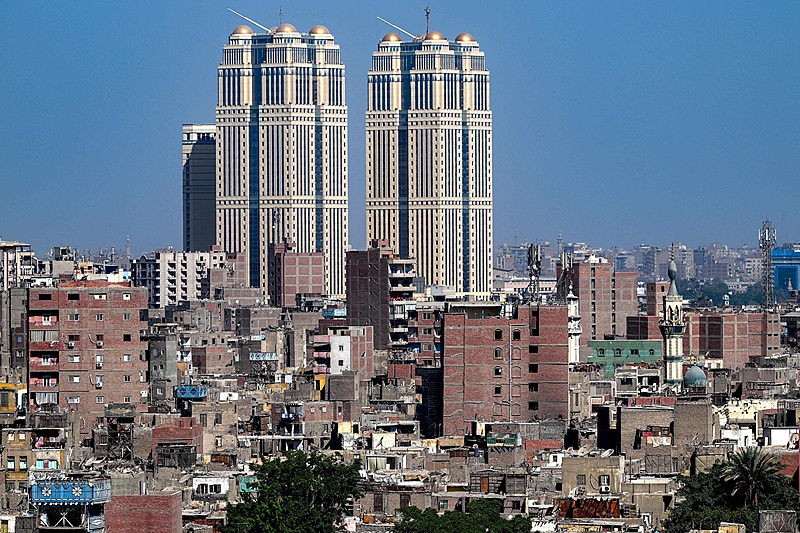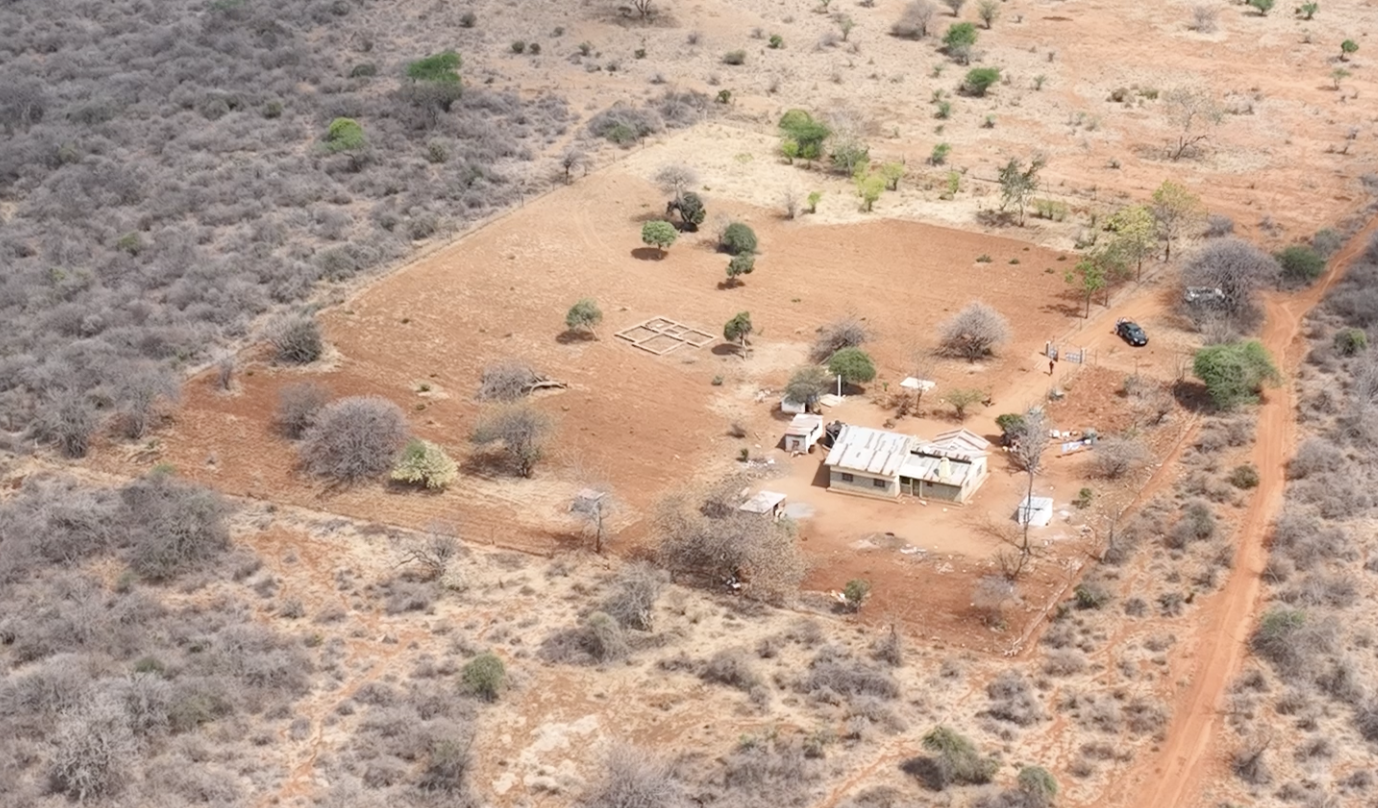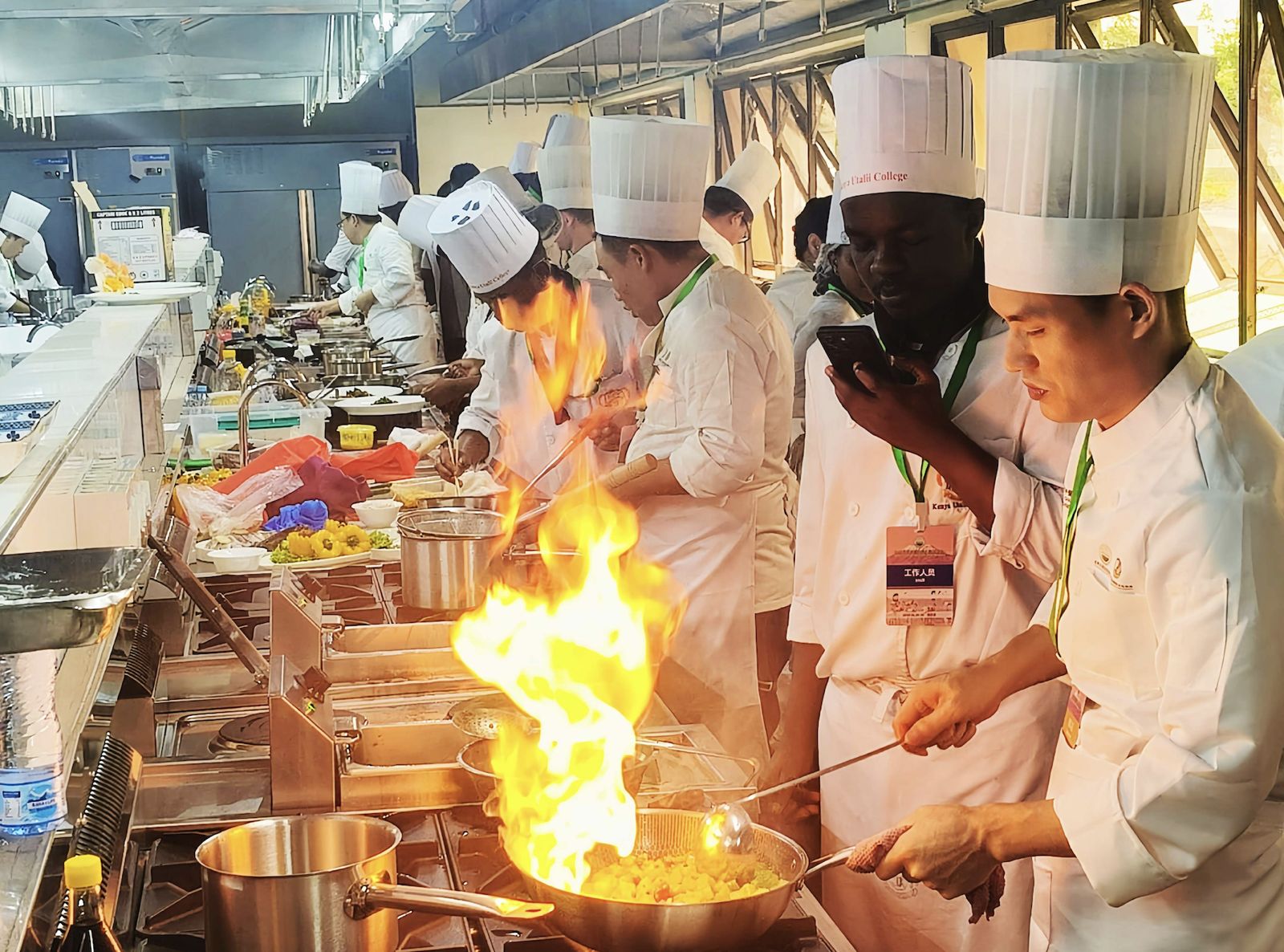Boao Forum to offer world an Asian vision for shared prosperity

Originally a small fishing town little known to the outside world, Boao, in China’s southern island province of Hainan, has earned a reputation as Asia’s Davos for its annual Boao Forum for Asia.
Chinese President Xi Jinping will deliver a keynote speech at the opening ceremony of this year’s conference, a four-day event that started Sunday under the theme of “An Open and Innovative Asia for a World of Greater Prosperity”.
Launched in 2001, the forum has always served as a platform to build Asian consensus, promote regional cooperation and advance the continent’s influence on the world stage.
The word “Asia” has appeared 19 times in the themes of the forum’s annual conferences from 2002 to 2018, illustrating a dedication to improving the continent’s economic and social well-being. Other key words, including “win-win,” “world” and “opening-up,” also indicate an Asian approach to promoting world prosperity and an embrace of globalisation.
Next phase of globalisation
The forum brings together leaders in government, business and academia to discuss the future role of Asia. The world is entering the next phase of globalisation amid a rising tide of populism and protectionism in parts of the West, especially in President Donald Trump’s United States.
The Trump administration’s imposition of tariffs on steel and aluminum imports as well as its threat of a trade war against China have ignited a worldwide firestorm of frustration and confusion.
World Trade Organisation (WTO) Director-General Roberto Azevedo has warned of a potential “domino effect” in the wake of Washington’s increasingly protectionist policies.
“Unilateral” announcements like those made by Trump tend to spark countermeasures, said Azevedo.
“Once you enter the path of reciprocal reprisals, you know when it begins, you know how it begins, but you don’t know how or when you will be able to stop the process,” Azevedo said.
“In light of recent announcements on trade policy measures, it is clear that we now see a much higher and real risk of triggering an escalation of trade barriers across the globe,” he added.
“This process of action and reaction leads, sometimes, to trade wars that are not in anyone’s interest, where there are only losers, since there are no winners in a trade war,” he warned.
While some countries have been taking a step back from globalisation, Asian countries, which have enjoyed rapid development over the past few decades, have always embraced rather than rejected globalisation and free trade.
In particular, since the outbreak of the international financial crisis, Asia has served as a major engine for the recovery and growth of the world economy, contributing nearly half of global growth.
In recent years, Asia’s outbound investment has been noticeably active. A large population and growing middle-income class in Asia have provided huge consumption opportunities and an investment market for the world at large.
For its part, China’s contribution to global economic growth has exceeded 30% in the past five years.
Wider doors to China
As 2018 marks the 40th anniversary of China’s reform and opening-up policy, this year’s Boao forum is expected to review China’s successful experience over the past four decades and explore new possibilities for China’s growth.
“With some advanced economies turning inward, a successful reset of globalisation may depend on whether China throws its considerable weight behind a new approach,” the Chicago-based McKinsey Global Institute said in a report last year.
China has reiterated its commitment to further opening up as well as its support for economic globalisation.
At this year’s annual session of China’s top legislative body last month, Chinese Premier Li Keqiang said in a government work report that China will open its doors wider to foreign investors and further liberalise and facilitate trade and investment.
“We will strengthen alignment with international business rules, and foster a world-class business environment,” Li said.
Warning that protectionism is mounting, the premier also voiced China’s support for promoting economic globalisation and protecting free trade.
“China calls for trade disputes to be settled through discussion as equals, opposes trade protectionism, and will resolutely safeguard its lawful rights,” Li said, noting that the country is ready to work with all parties to advance multilateral trade negotiations.
Reform and opening-up was “a game-changing move in making China what it is today,” and “it now remains a game-changing move for us to achieve China’s two centenary goals,” said the premier.
The two goals are to build China into a moderately prosperous society in all respects by the time the ruling Communist Party of China celebrates its centennial anniversary in 2021, and into a great modern socialist country that is prosperous, strong, democratic, culturally advanced, harmonious and beautiful by the time the People’s Republic of China celebrates its centennial anniversary in 2049.
Later this year, the country will host the first China International Import Expo to help more foreign goods enter China. It is one of a series of major events China will host in 2018 to promote win-win international cooperation.
Liu He, a senior Chinese official, said at the World Economic Forum in Davos earlier this year that China “has to advance reform and open up at a faster pace” to accomplish its development goals.
“In the face of both the opportunities and challenges of economic globalisation,” Xi said in Davos a year ago, “the right thing to do is to seize every opportunity, jointly meet challenges and chart the right course for economic globalisation.”
Shared future of common prosperity
The Chinese president has laid out and championed the vision of building “a community with a shared future for mankind,” which stresses making economic globalisation more open, inclusive and balanced so that its benefits are shared by all.
As China’s major proposal for realising the grand vision, the Belt and Road Initiative, put forward by Xi in 2013, has offered the world a new vision to promote global prosperity.
Last May, representatives of more than 140 countries participated in the Belt and Road Forum for International Cooperation, a clear vote of confidence from the international community. To date, more than 80 countries and international organisations have signed cooperation agreements with China within this framework.
According to China’s Ministry of Commerce, Chinese enterprises made 14.36 billion U.S. dollars of non-financial direct investment in 59 countries along the Belt and Road in 2017, much of which went to Singapore, Malaysia, Laos, Indonesia and Pakistan among other Asian countries.
The Belt and Road Initiative is “the best public goods” that China has offered the world, said Bambang Suryono, chairman of the Asia Innovation Study Center in Indonesia. It also embodies a bit of Chinese wisdom: harmony and co-existence, he added.
Another China-initiated platform, the Asian Infrastructure Investment Bank (AIIB), has been emerging as a key source of investment in Asia and beyond. The 84-member multilateral development bank, dedicated to supporting regional development, has in the past two years funded more than 20 sustainable infrastructure and other productive projects to the benefit of tens of millions of people.
A large number of China-funded projects are well underway, boosting the economic and social development of the participating Asian members.
For example, the AIIB has approved funding for a flood management project in drainage areas in Metro Manila in the Philippines. The project will construct new and modernise existing pumping stations and their supporting infrastructure to ensure millions of residents are less vulnerable to floods.
China is also building more than a dozen power stations for Pakistan, the largest of which is supplying electricity to tens of millions of Pakistanis. When all of them are completed, power cuts and shortages are expected to be a thing of the past in the South Asian country.






